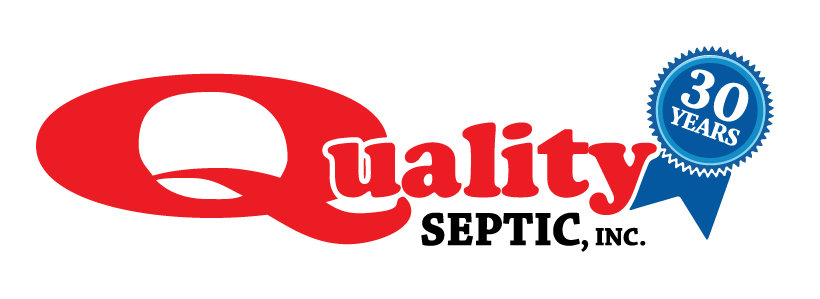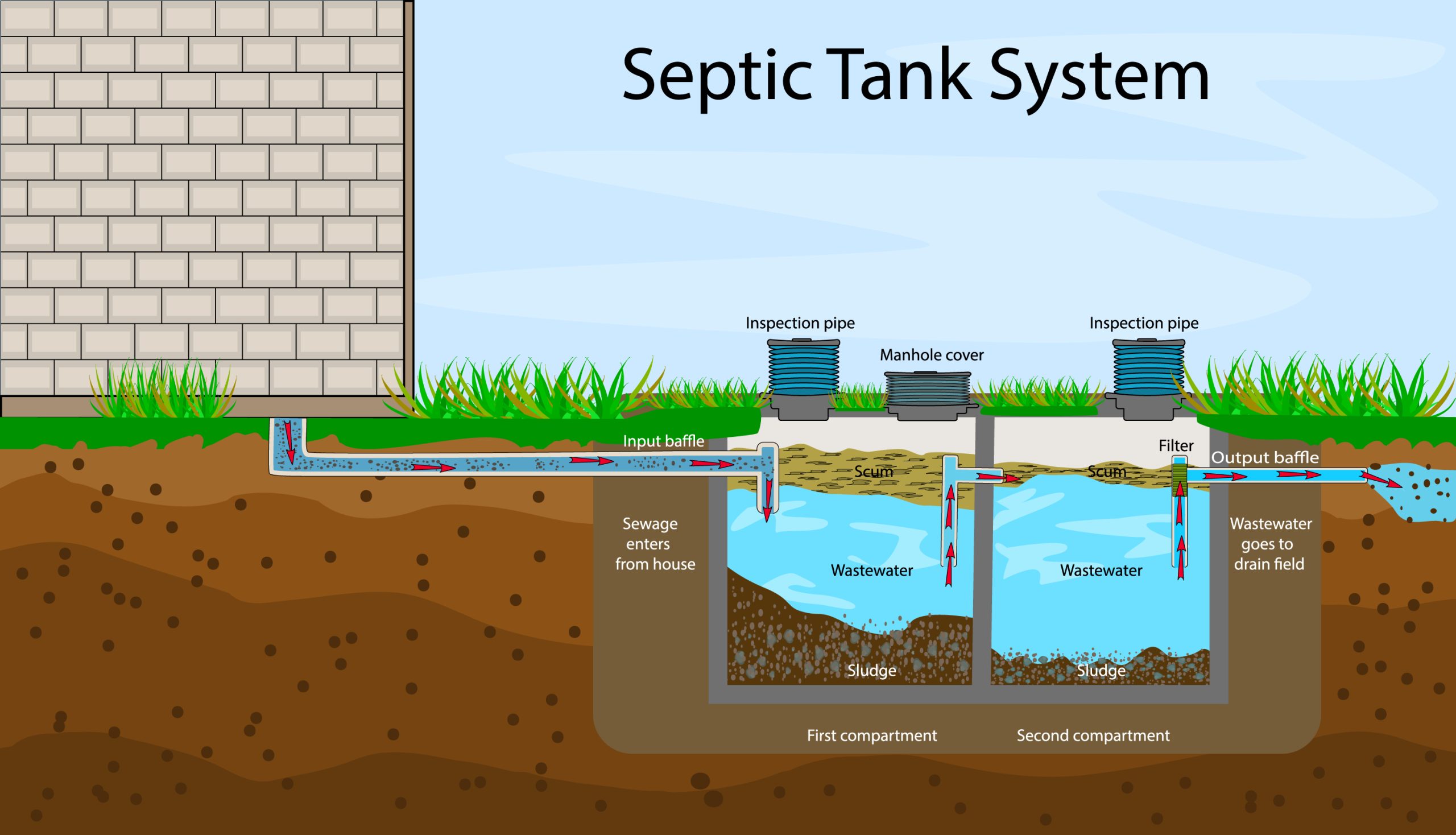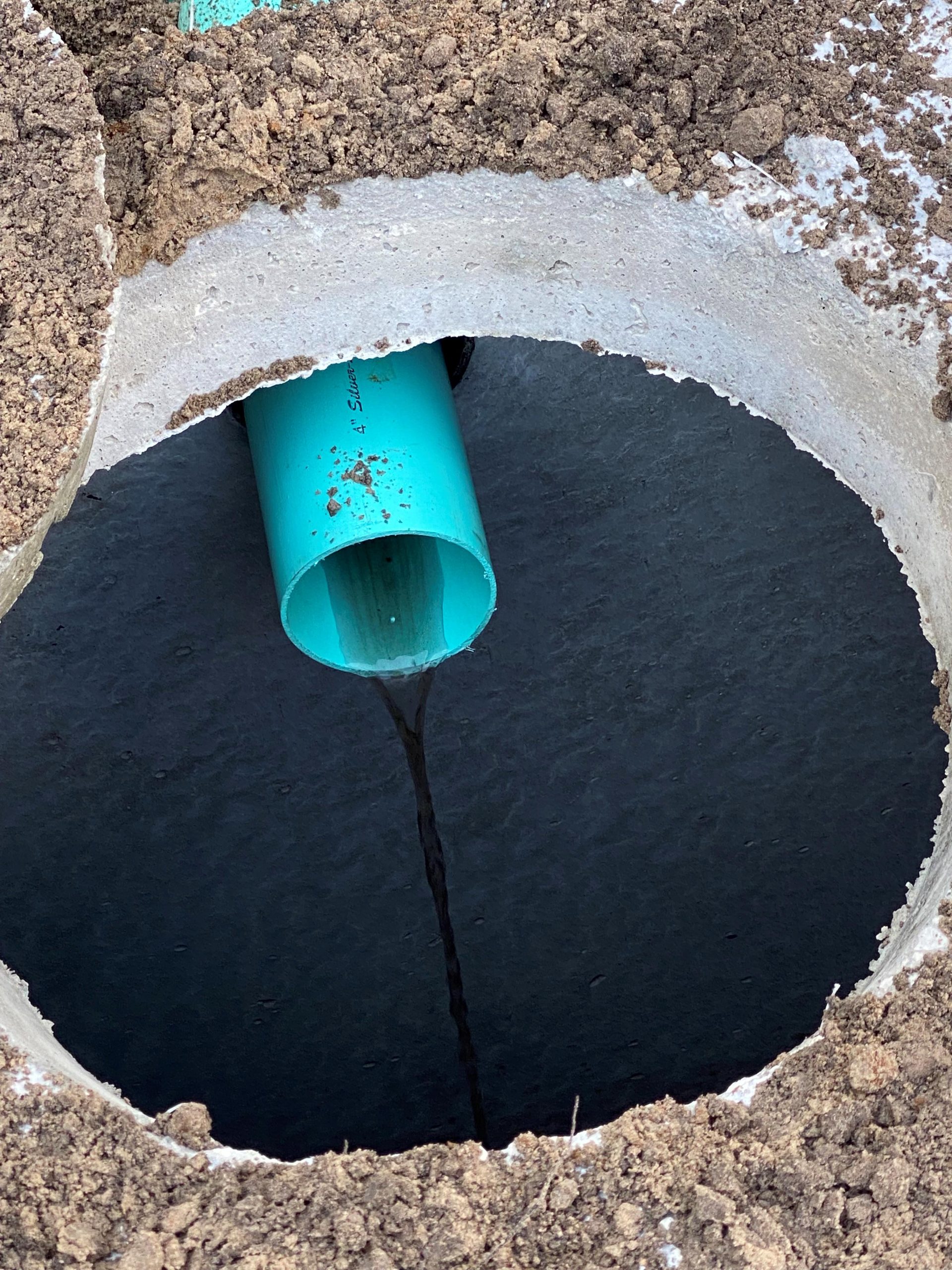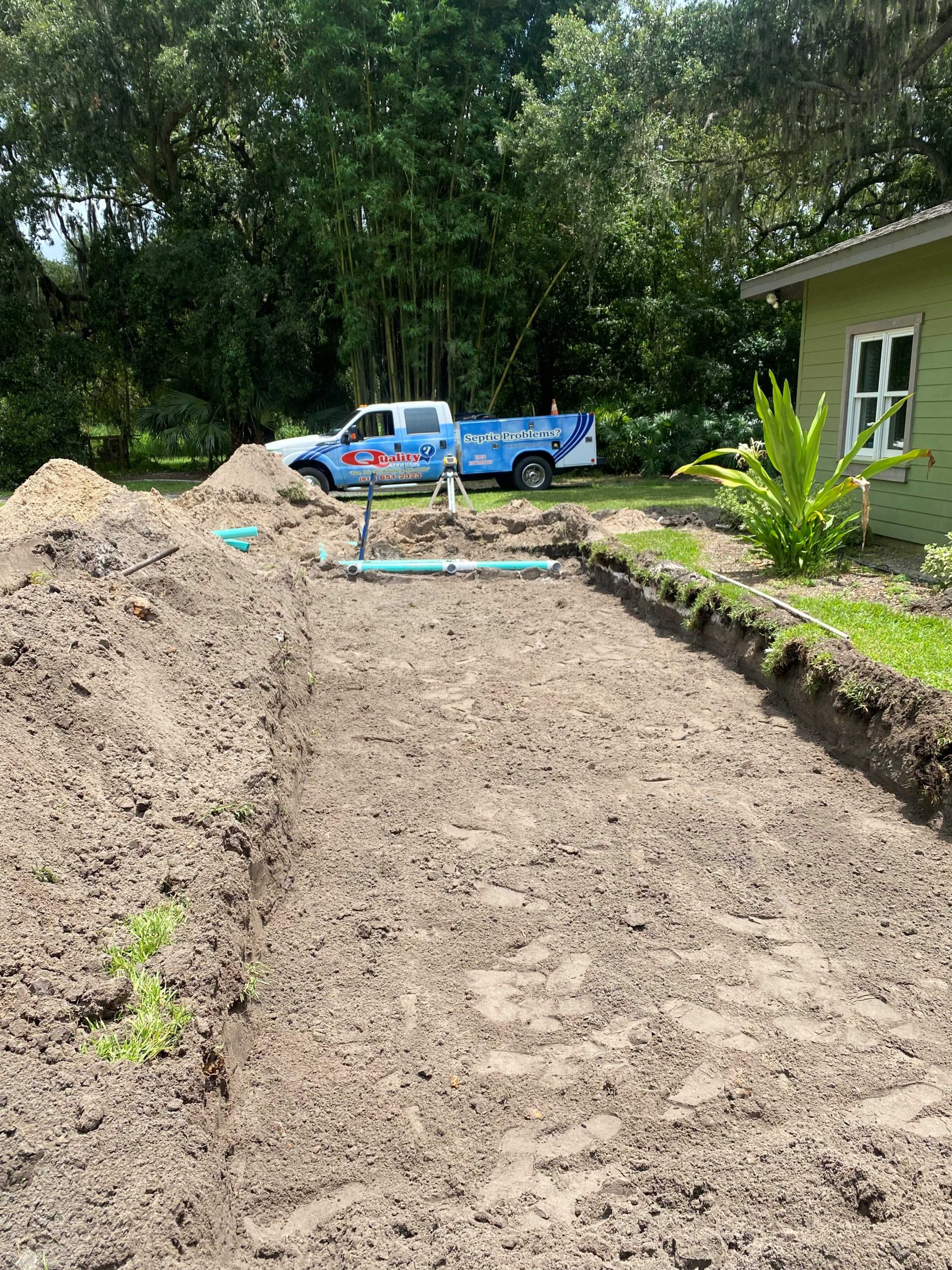As a vital component of your septic system, drain fields play a crucial role in treating and filtering wastewater before it returns to the environment. Join us as we unravel the science behind this remarkable process.
Understanding the Drain Field:
Before diving into the science, let’s understand the basics. A drain field, also known as a leach field or absorption field, is a designated area where treated wastewater from the septic tank is distributed and filtered back into the soil. It consists of a network of perforated pipes buried in gravel-filled trenches, allowing for the gradual release and filtration of wastewater.
Soil as Nature’s Filter:
One of the key elements in drain field purification is the natural filtering capacity of the soil. As the wastewater disperses through the perforated pipes, it seeps into the surrounding soil. Soil acts as a biological filter, trapping and breaking down harmful bacteria, viruses, and other contaminants present in the wastewater. The composition and structure of the soil play a vital role in this filtration process.
Beneficial Microorganisms:
Within the drain field and surrounding soil, a rich ecosystem of beneficial microorganisms thrives. These microorganisms, primarily bacteria, aid in the breakdown of organic matter and further purify the wastewater. They play a crucial role in converting harmful pathogens and pollutants into harmless substances through natural biological processes.
Soil Percolation and Absorption:
The ability of the soil to percolate and absorb wastewater is essential for drain field efficiency. Different types of soil have varying percolation rates, which determine the speed at which wastewater can filter through the soil. Soil texture, compaction, and porosity impact this percolation process. Proper drain field design considers these soil characteristics to ensure optimal wastewater treatment.
Maintenance and Preservation:
To maintain the effectiveness of the drain field’s purification process, regular maintenance is essential. Avoid introducing substances that can harm the beneficial microorganisms, such as harsh chemicals or excessive amounts of household cleaners. Additionally, ensure the drain field area remains free from excessive moisture or compaction, which can inhibit proper percolation and absorption.
Signs of Drain Field Issues:
Being aware of signs indicating drain field issues is crucial for timely intervention. Slow drains, foul odors, sewage backups, or pooling water in the drain field area are potential indicators of problems. If you notice any of these signs, it is advisable to contact septic professionals like Quality Septic, Inc. for thorough inspection and appropriate solutions.
Understanding the science behind drain fields provides valuable insight into the wastewater treatment process within your septic system. By appreciating the role of soil, beneficial microorganisms, and proper maintenance, you can ensure the efficient purification of wastewater and the longevity of your drain field. For professional septic system services and expert guidance, trust Quality Septic, Inc. Contact us today to schedule a consultation or for any septic-related inquiries.
Remember, a well-maintained and properly functioning drain field contributes not only to the health of your septic system but also to the protection of the environment.




